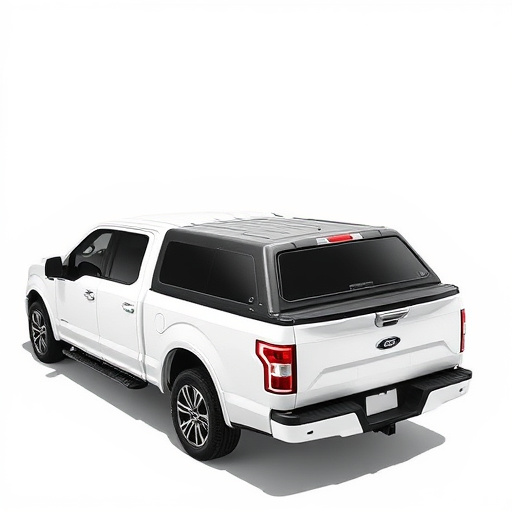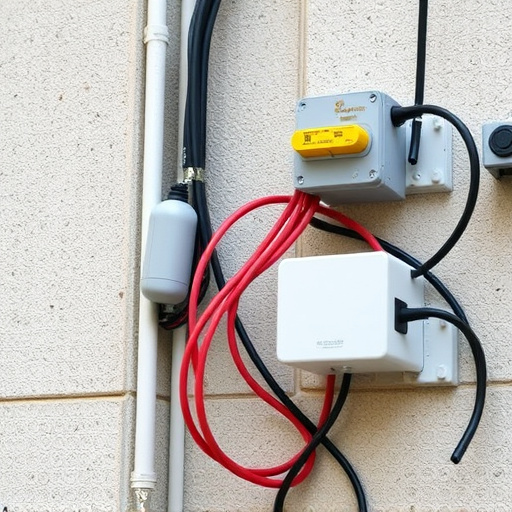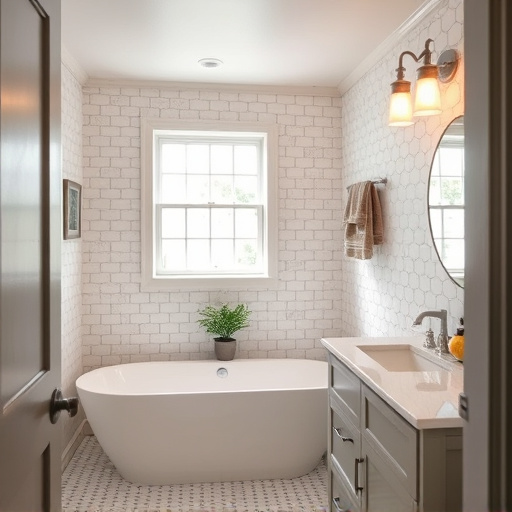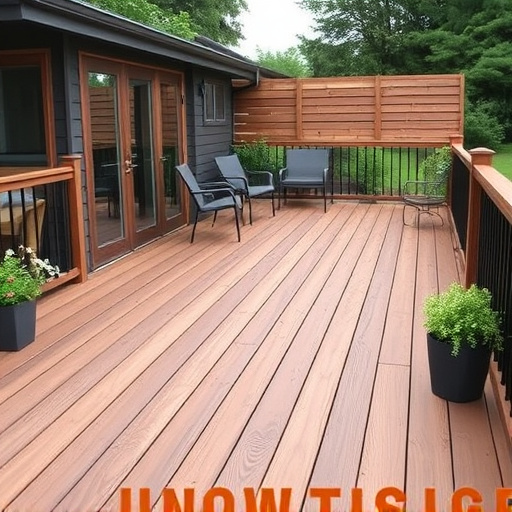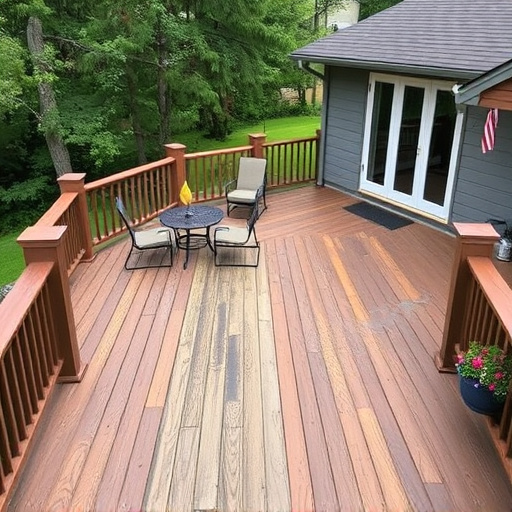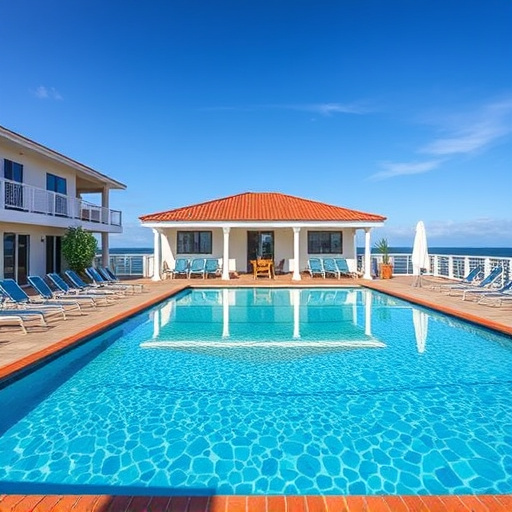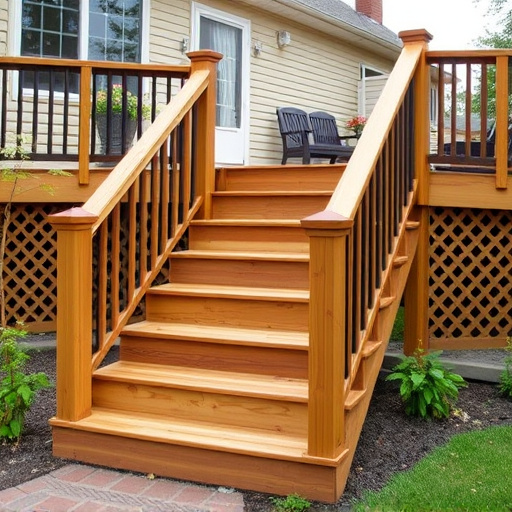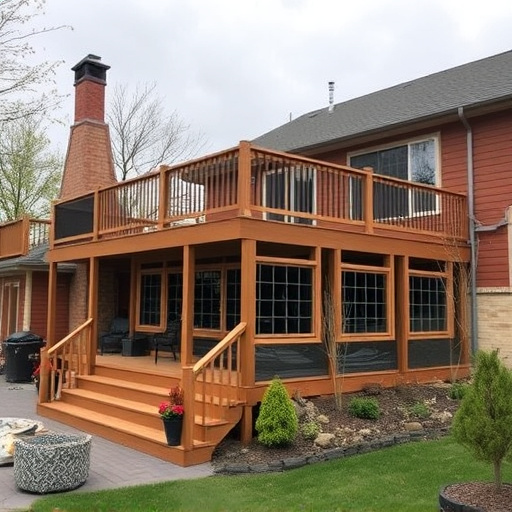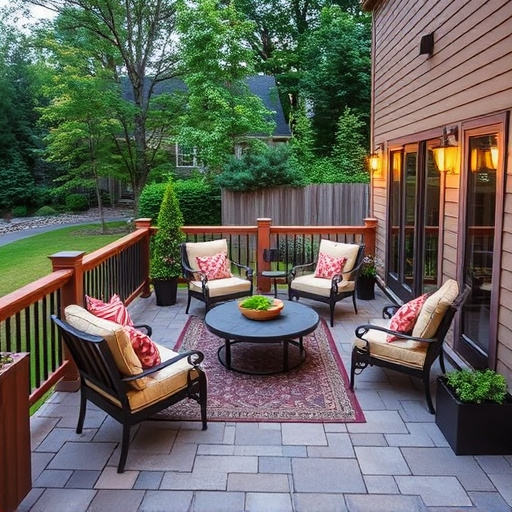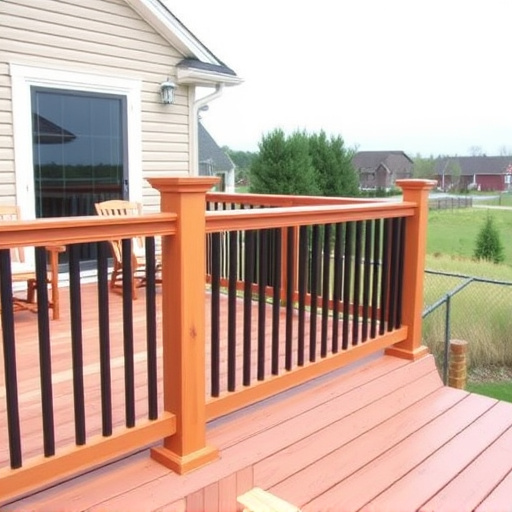Commercial deck builders face unique challenges in slip-and-fall prevention due to high foot traffic and weather exposure. They must adhere to stringent regional regulations on minimum slip-resistance for floors and walkways. Proactive measures include identifying high-risk areas, using suitable materials like anti-slip coatings and textured boards, conducting regular maintenance, and performing inspections, especially for outdoor decks. This comprehensive approach ensures safety and compliance, leveraging deck builders' expertise in industry standards, aesthetic goals, and installation best practices to deliver visually appealing and safe decking solutions.
In today’s bustling commercial landscape, ensuring safe walking surfaces is paramount. Slip-resistant decking solutions aren’t just about aesthetics; they’re a critical safety measure. This article delves into understanding the commercial slip hazard and relevant regulations, highlights the role of deck builders in selecting resistant materials, and provides best practices for implementing safe walking surfaces. Essential reading for deck builders aiming to offer robust, compliant solutions.
- Understanding Commercial Slip Hazard & Regulations
- Deck Builders' Role in Choosing Resistant Materials
- Implementing Safe Walking Surfaces: Best Practices
Understanding Commercial Slip Hazard & Regulations
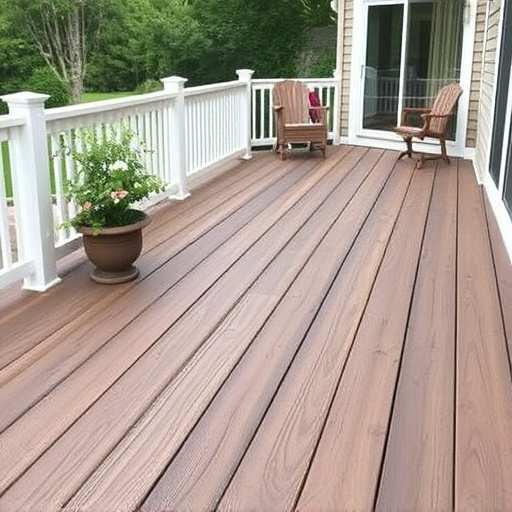
Commercial properties face unique challenges when it comes to slip-and-fall accidents due to their high foot traffic and exposure to various weather conditions. Understanding these risks is crucial for property managers and deck builders, as they must adhere to strict regulations to ensure the safety of occupants and visitors. The primary concern lies in identifying areas prone to slippery surfaces, such as wet or oily decks, which can lead to serious injuries if not addressed properly.
Regulations vary by region, but many commercial spaces are subject to building codes and health and safety standards that dictate minimum slip-resistance requirements for floors and walkways. Deck builders must be well-versed in these regulations to select appropriate materials and finishes that provide adequate traction. Additionally, regular maintenance and inspections are vital to prevent slip hazards, especially when dealing with outdoor decks exposed to rain, snow, or ice. This proactive approach not only ensures compliance but also contributes to a safer environment for all users.
Deck Builders' Role in Choosing Resistant Materials
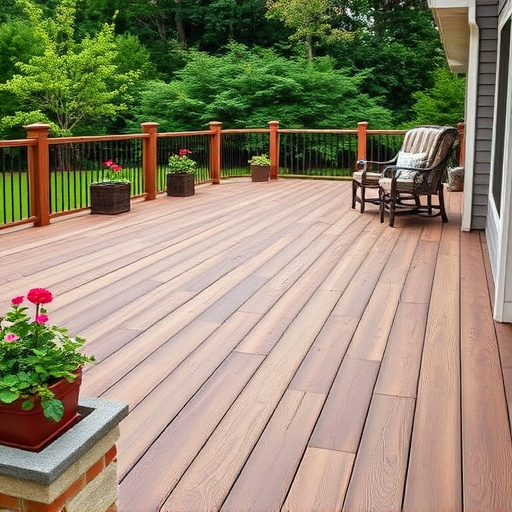
When it comes to selecting slip-resistant decking materials for commercial properties, deck builders play a pivotal role. They are the experts who understand the unique challenges posed by high-traffic areas and diverse weather conditions. Deck builders can guide clients in choosing materials that offer superior traction and safety, especially in environments where wet or oily surfaces could pose significant risks. Their expertise extends to evaluating options like anti-slip coatings, specialized decking boards with textured surfaces, and even innovative composite materials designed for enhanced grip.
These professionals are well-versed in the latest industry standards and regulations related to commercial decking. They can recommend solutions that not only meet safety requirements but also align with the property’s aesthetic goals. Moreover, deck builders are often involved in the installation process, ensuring proper placement and maintenance of slip-resistant features like non-slip grips or specialized fastening systems. This comprehensive approach guarantees that the final product is both visually appealing and safe for all users, addressing concerns related to roofing and siding repairs as well as maintaining the overall integrity of commercial properties.
Implementing Safe Walking Surfaces: Best Practices
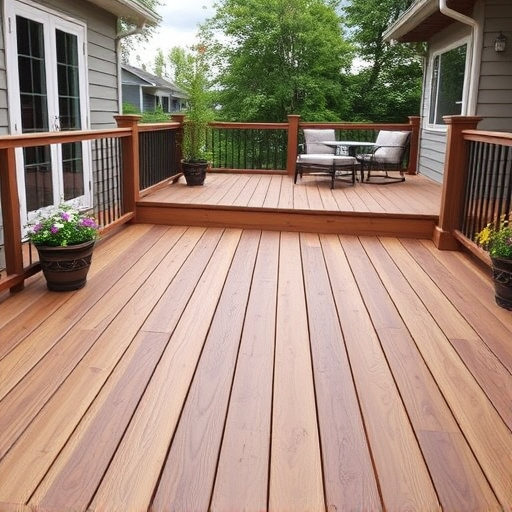
Implementing safe walking surfaces is paramount for commercial properties to prevent accidents and ensure the well-being of visitors and employees alike. Deck builders should prioritize slip-resistant coatings and textures, especially in areas with high foot traffic or exposed to wet conditions. Choosing the right material is key; non-skid tiles, rubber mats, or specialized coatings can significantly reduce the risk of slips and falls. Regular maintenance is also crucial; keeping surfaces clean, free from debris, and repairing any damage promptly ensures their effectiveness.
Best practices include thorough testing of slip resistance before installation and consulting industry standards for recommended treatments. Additionally, integrating these safety measures with proper lighting and clear signage can further enhance overall walking surface safety. When considering exterior home improvements or roofing services, many contractors now offer comprehensive decking solutions that incorporate both aesthetic appeal and functional safety, making it easier to maintain a secure environment for everyone using the space.
Commercial properties require durable and safe slip-resistant decking solutions, especially in high-traffic areas. By understanding the unique challenges of commercial slip hazards and adhering to regulations, deck builders play a pivotal role in selecting appropriate materials. Implementing best practices ensures that walking surfaces are not only non-slip but also aesthetically pleasing and long-lasting, thereby enhancing safety for patrons and reducing liability risks for property owners. Deck builders who stay informed about these trends and guidelines contribute to creating vibrant, secure outdoor spaces.

